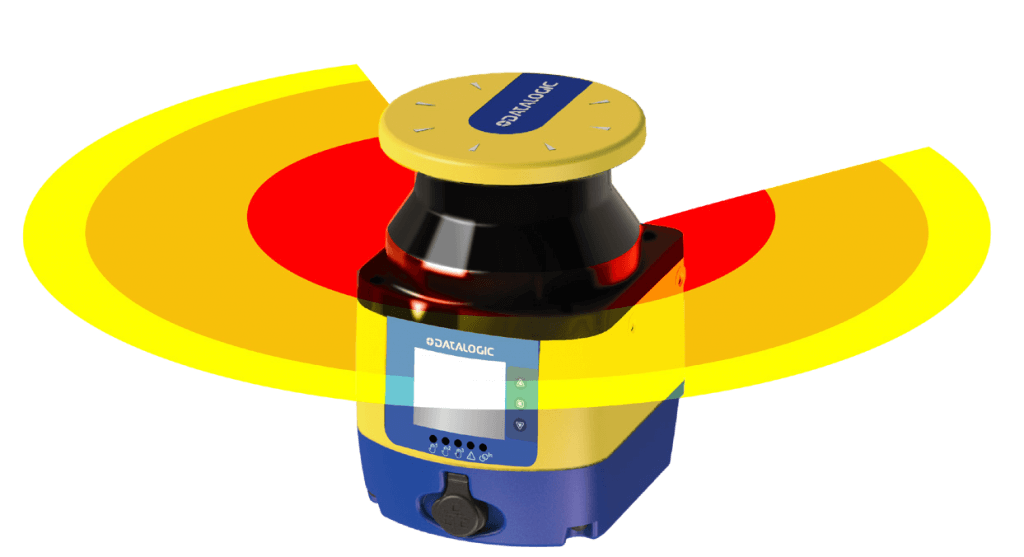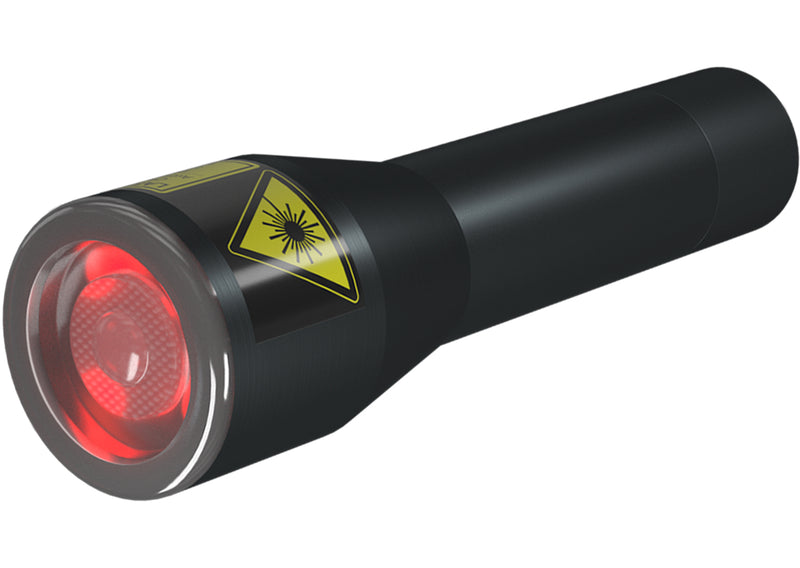Top News To Picking A Safe Laser Device
Top News To Picking A Safe Laser Device
Blog Article
How Can Safe Low-Level Laser Therapy (Lllt), Also Known As Low-Level Laser Therapy, Aid In The Treatment Of Respiratory Inflammatory Disease?
LLLT can reduce respiratory inflammation in several ways. For respiratory ailments such as bronchitis or asthma where inflammation of the airways contributes to symptoms like wheezing and coughing, LLLT can reduce inflammation and improve breathing.
Bronchodilation LLLT is known to relax smooth muscle cells inside the airways. This causes bronchodilation. This is beneficial for people suffering from asthma and chronic obstructive respiratory disease (COPD) which causes bronchoconstriction and causes breathing problems.
Improved Circulation - LLLT improves vasodilation and microcirculation leading to an increased blood flow to the airways and lungs. A better blood flow can deliver oxygen and nutrients to tissues that are inflamed which aids in healing and decreasing inflammation.
Enhanced Immune Function- LLLT stimulates the production of cytokines as well with phagocytosis. Phagocytosis is the process by which immune cells engulf pathogens. This could help increase the immune system against respiratory infections and decrease inflammation of the airways.
Reduced Mucus Produced- LLLT is able to decrease the volume of mucus production in the lungs through decreasing inflammation and encouraging the removal of mucus. This is particularly beneficial to those suffering with chronic sinusitis or bronchitis. Excessive mucus is an important factor in respiratory symptoms.
Alleviation Allergic Reactions LLLT may be used to treat allergic rhinoitis (hay fever) which is a condition that manifests as an inflammation of the nasal passages and the sinuses. LLLT reduces inflammation and improves immunity to ease allergy symptoms like nasal obstruction, sneezing, or itching.
It is safe Laser low-level laser therapy is a drug-free treatment that is non-invasive and helps to reduce respiratory inflammation. It can provide relief from symptoms and improve respiratory function. It is important to talk with a healthcare specialist for the appropriate diagnosis and treatment recommendations prior to utilizing LLLT for respiratory ailments. Read the recommended safe laser bérlés for website recommendations including safe laser kezelés budapest, safe laser bérlés, safe laser használata, laser lézer, lágylézer árak, laser kezelés, gyógyító lézer készülékek, lágylézeres készülék, laser kezelés, safe laser bérlés and more.
How Can Safe Laser Treatment Aid In Ear, The Throat, And Nose Issues?
Secure Laser Low-Level Laser Therapy (LLLT) is a treatment that can assist with a range of ENT (ear nose, throat) problems by several mechanisms. Reducing inflammation- LLLT's anti-inflammatory properties can help to reduce swelling in the tissues around the ear and nose. It can also help with ailments like sinusitis rhinitis, and tonsillitis. Inflammation is a cause of symptoms like nasal congestion, sore neck, and ear irritation.
Pain relief LLLT helps reduce pain by altering nerve conductivity and decreasing the effects of pain mediators, such as substance P. It also helps relieve pain from ENT ailments like the pressure of sinuses or earaches.
Improved Tissue Repair and Regeneration - LLLT accelerates the process of tissue regeneration and repair by stimulating cell metabolism and the proliferation. LLLT can aid in promoting quicker healing in ENT ailments, like otitis media (middle ear infections) or pharyngitis.
LLLT enhances circulation of blood by enhancing microcirculation, vasodilation and blood flow in the areas affected. Increased blood flow can aid in the delivery of nutrients and oxygen to tissues, which aids in healing and reducing inflammation.
LLLT's antimicrobial effect can help to reduce the amount of viral or bacterial burden in the nasal passages or sinuses. It can also help treat conditions such as sinusitis and tonsillitis.
Relief of Allergic Symptoms – LLLT can help reduce symptoms of allergic rhinitis (hay fever) or allergic rhinitis by lessening swelling of the sinuses. This can reduce the nasal congestion, itching and the sneezing.
Tinnitus treatmentTinnitus management LLLT treatment is being studied as a potential treatment for Tinnitus. Tinnitus can be characterized as buzzing, ringing or humming sounds in the ear. LLLT although not entirely researched, could improve blood flow in the auditory system and reduce inflammation, resulting in reduced hearing.
Overall, safe Laser low-level laser therapy provides an uninvasive and drug-free solution to treating a range of ear throat, nose, and problems, providing relief from symptoms as well as speedier healing. Prior to using LLLT, consult with a specialist ENT for a diagnosis and advice on treatment. View the most popular safe laser árak for more recommendations including lágylézer kezelés árak, lézeres fájdalomcsillapítás, gyógyító lézer, lézer kezelés hatása, lágylézer árak, lezeres kezeles, lézer bérlés, lágylézer árak, orvosi lézer készülékek, safe laser vélemények and more. 
How Long Does It Usually Take For A Laser Start Working On Healing Wounds?
The effectiveness of Safe Laser low-level laser therapy (LLLT) for wound healing will vary based on various factors such as the type and severity of the wound, the individual's overall health, as well as their reaction to treatment. In general, several LLLT treatments over a specific amount of time is advised to ensure optimal wound healing.
The type and severity of the wound- The type of wound and the degree of severity will affect the number of LLLT session required. In certain instances smaller or less severe wounds require fewer LLLT sessions than larger or more severe wounds. Additionally, chronic wounds or wounds with underlying health conditions may require more sessions in order to get the best healing.
The amount of LLLT sessions needed can be dependent on the stage at which the wound is healing. The methods of treatment may differ based on the condition of the wound, whether it is an inflammation phase, proliferative phase the remodeling phase, or any other phases. LLLT can be used to stimulate tissue growth and repair throughout the process of wound healing.
Individual Response to Therapy- A person's overall health, immunity, and ability to heal may affect the way they respond to LLLT. Certain individuals respond more quickly to treatment, which results in faster wound healing. Others might require more therapy.
Treatment Protocol - The plan which is recommended by a medical expert will establish the frequency and number of LLLT sessions needed to heal injuries. Healthcare professionals may tailor the treatment plan according to specific needs. This could include scheduling LLLT sessions at intervals of many weeks, or over a lengthy time.
Some people will experience improvement in wound healing with just the first few LLLT treatment sessions. Others may require a longer course of treatment to achieve the most effective outcomes. To maximize the benefits of LLLT it is essential to follow the prescribed treatment schedule and attend every scheduled session. To ensure the best possible management of your wound, you must also keep in contact with a health care provider.